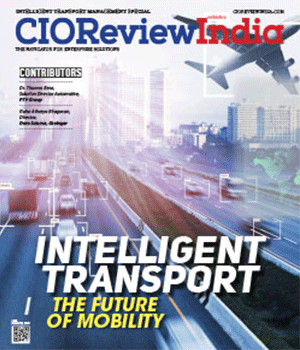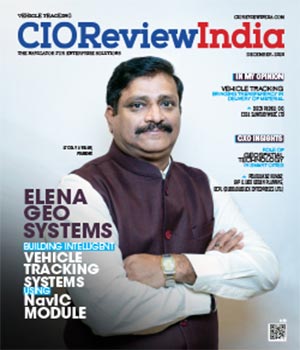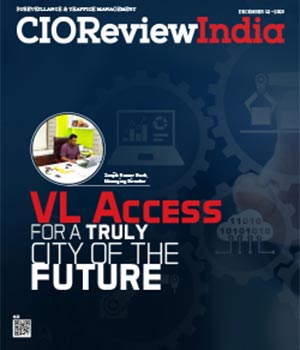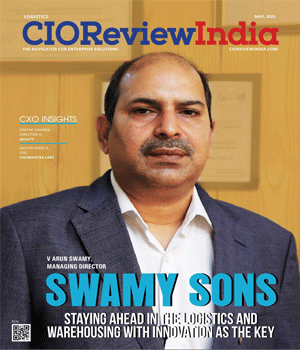
Impact of Information Technology in the Field of Logistics and Supply Chain Management
AR.Srinivasan, Chief Information Officer, TVS Electronics
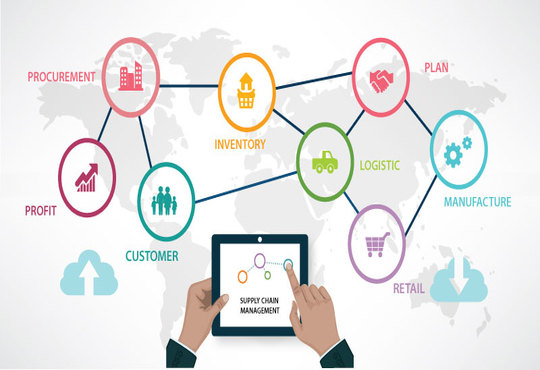 Introduction:
Introduction:
This article focuses the role of Information Technology (IT) in logistics and supply chain management.
A huge advance in information technology has already taken place in all the industries including changes in the logistics and supply chain. A fast data transfer is a result of information technology in supply chain management resulting in increased cooperation.
Information Technology helps to restructure the entire distribution set up to achieve higher service levels and lower inventory and lower supply chain costs.
IT developments have presented companies with unprecedented opportunities to gain competitive advantage. So IT investment is the pre-requisite thing for each firm in order to sustain in the market.
Supply chain management (SCM) is concerned with the flow of products and information between supply chain members’ organizations. Recent development in technologies enables the organization to avail information easily in their premises.
The development of Inter organizational information system for the supply chain has three distinct advantages like cost reduction, productivity, improvement and product/market strategies.
The different role of IT in logistics and supply chain are:
1. Electronic Commerce
Electronic commerce includes electronic data interchange, e-mail, electronic fund transfers, electronic publishing, image processing, electronic bulletin boards, shared databases and magnetic/optical data capture.
2. Electronic Data Interchange
EDI describes both the capability and practice of communicating information between two organizations electronically instead of traditional form of mail, courier, & fax. The benefits of EDI are:
1. Quick process to information.
2. Better customer service.
3. Optimize paper work.
4. Increased productivity.
5. Improved tracing and expediting.
6. Cost efficiency.
7. Competitive advantage.
8. Improved billing.
3. Bar Coding and Scanner
Bar coding is a sequence of parallel lines of different thickness with spaces in between. These bars are nothing but the items of information in the codified form, which can be read with the help of a scanner. The information printed in bar code includes country code, manufacturer name, product details, date of manufacture, material content etc. These details are required at user end for inventory management.
Bar Coding and Scanner has reduced paper work and processing time. It has increased logistics system productivity through speed, accuracy and reliability.
4. SKU DIM:
This SKU (Stock Keeping Unit) DIM capturing is done by weight machine integration. During previous years this was done manually and it was time consuming. Now with the help of this DIM, length, width, height, weight of the consignment is measured without any much hassle and moreover here we can avoid revenue leakage, because in our experience we have seen users capturing wrong dimensions which lead to wrong calculation during billing.
5. RFID
RFID is an Automatic Identification and Data Capture (AIDC) technology. RFID first appeared in tracking and access applications during 1980.
RFID-based systems allows for non contact reading and are effective in manufacturing and other environment where bar codes could not survive.
These are used as an alternative to Barcodes to communicate the inventory data to the reader via radio waves. RFID wirelessly exchanges information between a tagged object and a reader.
RFID has improved the ability of manufacturers to better manage the inventory levels. It has improved the tracking, logistics and planning operations.
6. Case ID Capture
This ID is used to capture information on cases, where for each SKU, box case will be defined with number of SKU units kept inside each unique product cases.
In some cases information will be flown and measured towards UOM which is mentioned as CASES.
7. Route Optimization
Truck routing, delivery scheduling and fleet management software solutions help hundreds of private fleet and logistics operators to cut transportation costs every day – giving a fast return on software investment.
Some of the uses of this route optimization are:
• Reduce total mileage for lower fuel bills
• Fully utilize the fleet for maximum distribution efficiency
• Cut overtime and agency bills with improved driver productivity
• Optimize the distribution networks to reduce overall transportation costs
8. GPS Tracking (Track & Trace)
New and growing logistics companies are quite apprehensive and skeptical about transport management, claiming that it will only result in increased expenses that could eventually hurt their business in the long run. This is a common misconception about GPS tracking.
The benefits of GPS Tracking system includes below:
• Real time monitoring of the shipment
• Reduced fuel consumption
• Improved productivity
• Better Customer Service
9. Last mail Delivery Tracking on Mobility
Last mail delivery plays a vital role in SCM. Now days B2C transaction is increased and every end customer expects the delivery on time. To active this, TAT service providers are very key on delivery information capture and reflecting it in the online sites.
Conclusion:
The effects of information technology in supply chain management that can be mentioned are improving cooperation relationships in internal and external dimensions, increasing responsibility, creating new relationships with customers to identify their needs, developing sales channels, improving performance and improving the competitive position of the chain.
The pressure to invest in technology is high and will increase. This is because competitors will also be investing in technology to improve the effectiveness of their supply chains and develop new ways of doing business in order to achieve competitive advantage.
CIO Viewpoint
Aligning IT Roadmap with Business Objectives: A...
By Subhash singh Punjabi, CISO & Head Enterprise Architecture, Deepak Fertilisers & Petrochemicals Corporation Ltd
Empowering Women: Shaping the Future of Industry
By CIOTechOutlook Team
Scaling AI: Finding the right Biztech...
By Sujatha Gopal, CTO - Communications, Media & Information Services (CMI), Tata Consultancy services
CXO Insights
Looking Towards Operations Management: What...
By Dr. Vandana Sonwaney, Director, SIOM
Acceleration Of Digital Transformation
By Sudhakar Singh, Managing Editor
Decoding the Disruptive Impact of Smart...


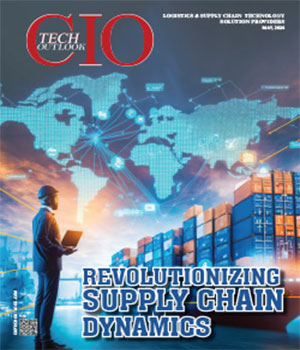


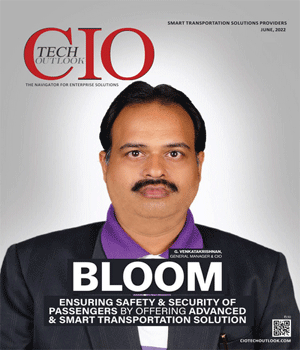
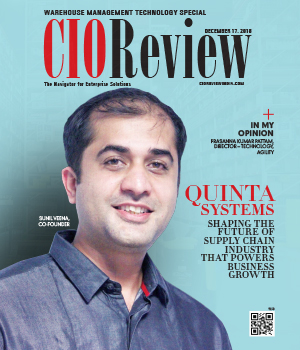
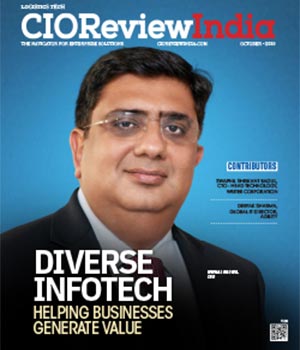
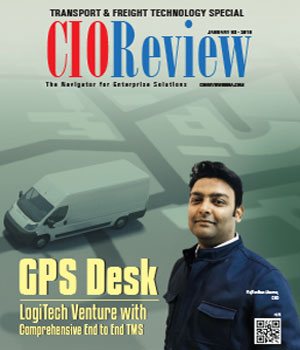
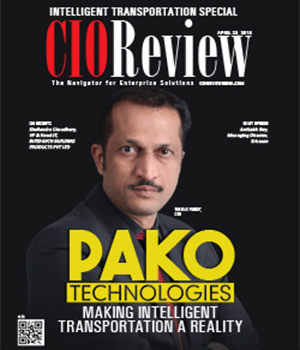

.jpg)
.jpg)
